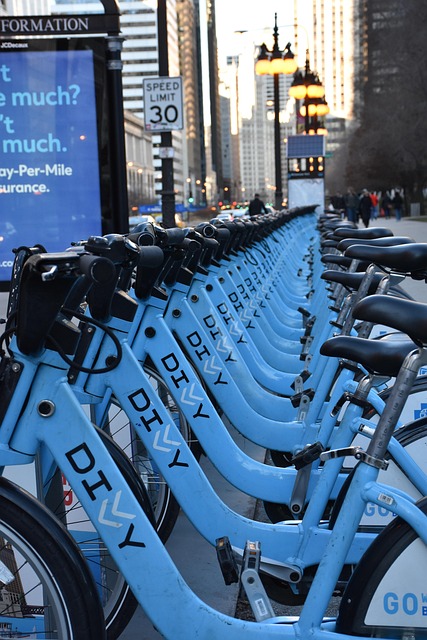Identifying high-traffic areas is a strategic step for real estate investors seeking lucrative supplemental income opportunities. Locations near tourist attractions, popular event venues, and bustling business districts offer prime property values due to consistent foot traffic and strong demand for nearby amenities. By analyzing maps, demographic data, and local market trends, investors can pinpoint areas with high return on investment (ROI) potential. Proximity to major landmarks and transportation hubs significantly boosts property value and rental rates. Understanding the needs of visitors or residents ensures tailored real estate ventures, maximizing appeal and occupancy rates. Scanning popular tourist spots and local events reveals opportunities for short-term rentals, pop-up shops, or mobile services in vibrant, high-traffic areas with steady visitor streams.
In today’s competitive market, generating supplemental income near attractions presents a lucrative opportunity for real estate investors. By identifying high-traffic areas and understanding visitor demographics through scanning popular tourist spots and analyzing foot traffic patterns, strategic decisions can be made. Leveraging mixed-use properties, vacation rentals, and co-working environments maximizes returns. Additionally, forming partnerships with local businesses and utilizing digital marketing ensures a diverse clientele, enhancing property values and creating a vibrant ecosystem around these key locations.
Identifying High-Traffic Areas for Real Estate Opportunities

Identifying high-traffic areas is a strategic step in unlocking lucrative real estate opportunities for supplemental income generation. Location is key; areas near tourist attractions, popular events venues, and bustling business districts often present prime real estate values. These hotspots typically experience consistent foot traffic, indicating strong demand for nearby accommodations, restaurants, and services. Investors can capitalize on this by considering property purchases or rentals in these zones, such as vacation rentals, short-term stays, or commercial spaces catering to local and visiting audiences.
By studying maps, demographic data, and local market trends, investors can pinpoint areas with high potential return on investment (ROI). Proximity to major landmarks, transportation hubs, and entertainment districts significantly boosts property value and rental rates. Understanding the specific needs and preferences of visitors or residents in these zones allows for tailored real estate ventures, ensuring maximum appeal and occupancy rates.
– Scanning popular tourist spots and local events

When exploring opportunities for supplemental income near attractions, it’s crucial to scan popular tourist spots and local events. These areas often present a vibrant landscape teeming with potential customers seeking unique experiences or convenient services. For instance, in bustling cities or near iconic landmarks, real estate can play a significant role by offering short-term rentals like vacation apartments or boutique hotels. Tourists gravitate towards these locations, ensuring a steady demand for such offerings.
Additionally, keeping an eye on local events—from cultural festivals to seasonal markets—can unveil further prospects. These gatherings attract a diverse crowd, providing an ideal setting for pop-up shops, food stalls, or mobile services catering to specific needs. By aligning with these events, entrepreneurs can tap into a steady stream of visitors, maximizing their opportunities to generate supplemental income in dynamic and high-traffic areas.
– Analyzing foot traffic patterns and visitor demographics

Analyzing foot traffic patterns and visitor demographics is a crucial step in identifying opportunities for generating supplemental income near attractions. By understanding where and when people gather, you can strategically position businesses or rental properties to maximize exposure. For instance, if a popular tourist spot sees a surge in visitors during specific seasons or times of day, renting out nearby spaces for pop-up shops or short-term accommodations can be highly profitable. Real estate investors can leverage this data to make informed decisions about property acquisition, focusing on areas with consistent and high visitor traffic.
Additionally, demographic insights allow for tailored offerings. Different groups have varying preferences and spending habits. Understanding the makeup of visitors—whether they’re families, young adults, or senior citizens—helps in creating targeted services and products that resonate with each group. This not only enhances the overall experience but also opens doors to diverse revenue streams, ensuring a steady flow of supplemental income from attractions’ vibrant environment.






